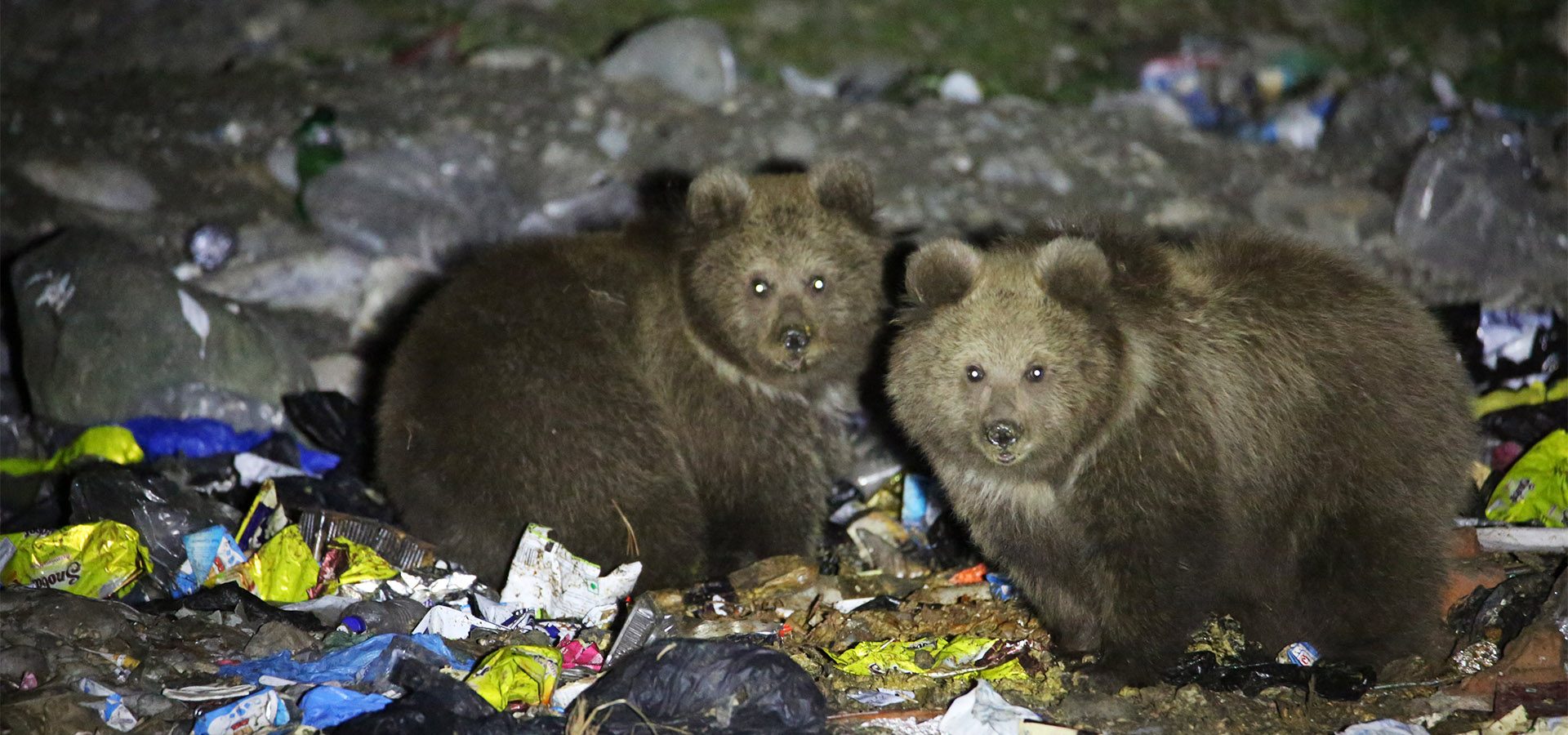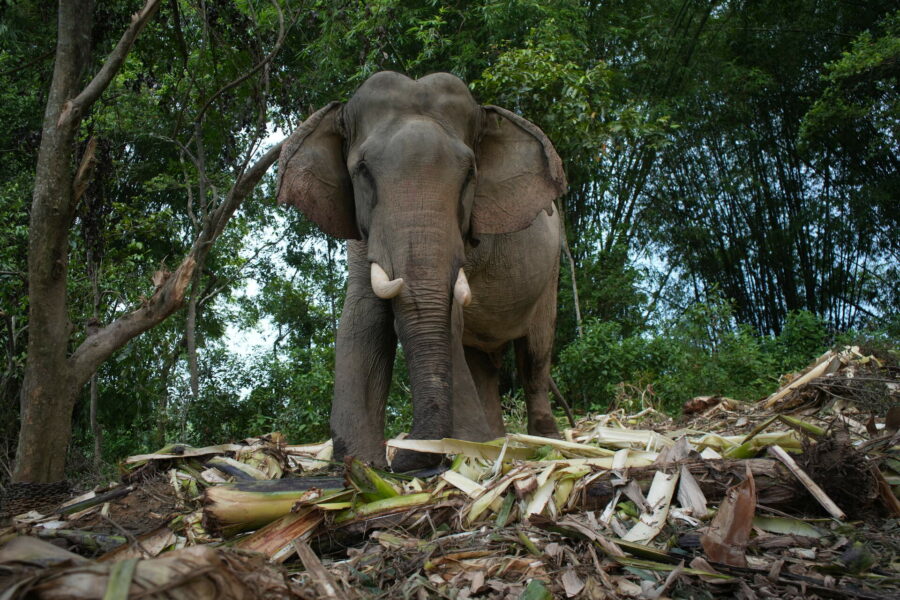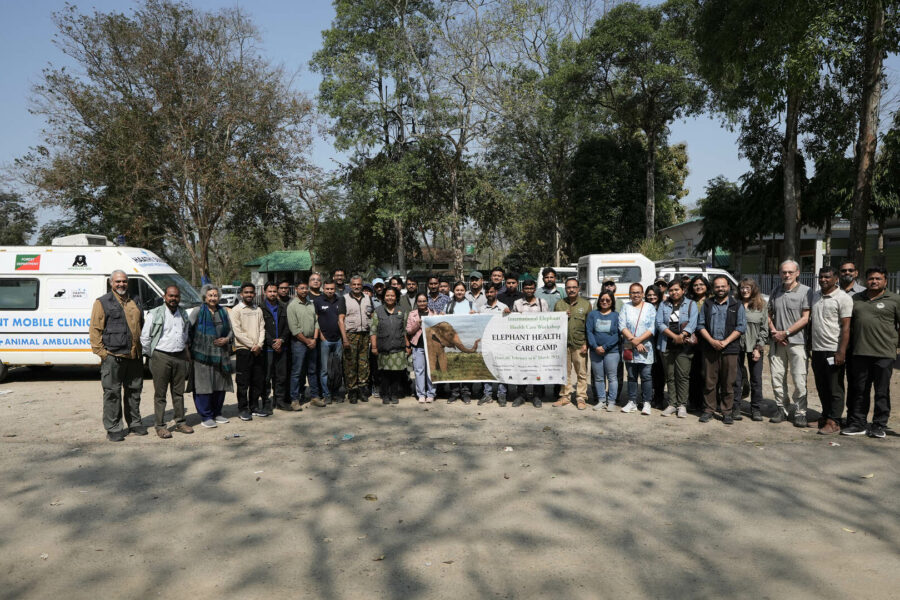Climate change is reshaping environments around the world. Rising sea levels, extreme drought, disastrous floods, melting glaciers and even extinction of wildlife species are some of the crucial consequences of climate change. Its impact on global flora and fauna populations is being documented, and has now come to be widely known. A new research conducted recently has shed light on yet another adverse effect of climate change: an increase in human-wildlife conflict.
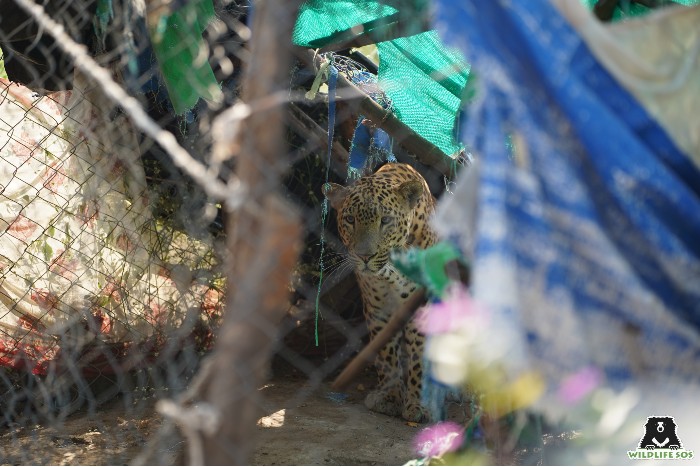
Human-wildlife conflict refers to negative encounters between humans and animals that arise when the presence of wild animals poses an actual or perceived threat to either party. With human settlements inching closer to the natural habitats of wild animals, encounters between the two are rising as well. The presence of wildlife in areas of human activities are known to cause serious damage to crops, livestock, and property. This leads to massive economic losses and has the potential to devastate communities that are already vulnerable to poverty, resource scarcity, and a lack of proper healthcare. From the animals’ perspective, these conflicts have a disastrous effect on their population, especially those species that are already endangered or threatened. Conflicts between humans and animals have more than often led to injury or death for one or both parties.
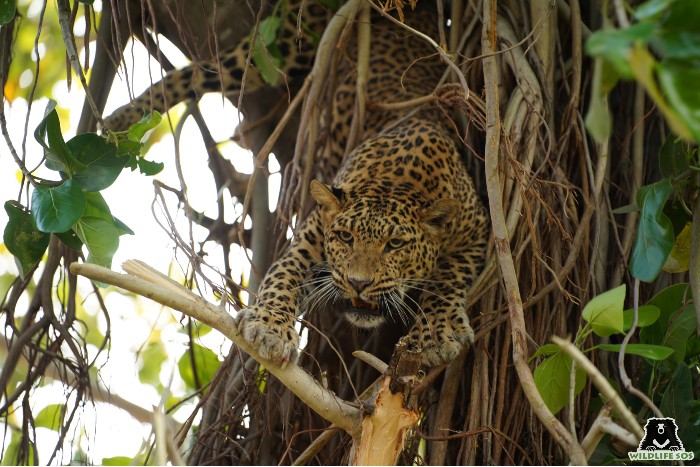
The above mentioned research is based on the premise that climate change has amplified resource scarcity, which has in turn altered human and animal behaviour, and their distributions. Natural habitats have been affected, disturbing the availability of food resources for wildlife. Food scarcity drives animals towards areas where there is an abundance of food.
With agricultural fields expanding, farms that border depleting forests are prone to host wild animals. Climate change has modified agricultural practices and land use by people across the globe. This has resulted in a competition for food resources by man and animal, and higher chances for conflict.
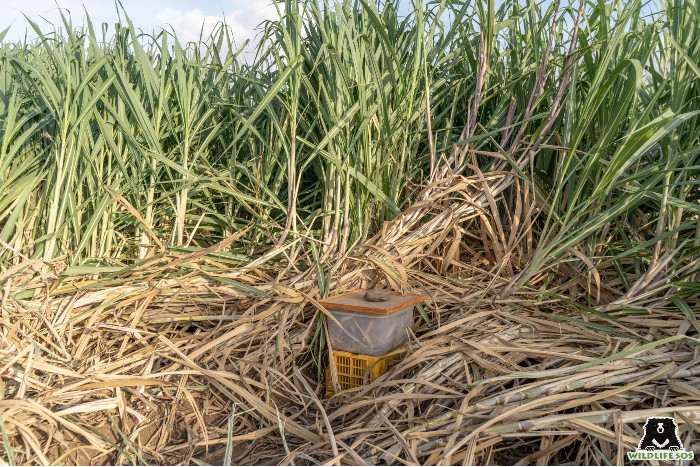
Take the case of the Bharal (or blue sheep) and Snow leopards residing in the Himalayas, for instance. Long-term climate change has degraded and shrunk the alpine grasslands that form their habitat. As a result, the Bharal are forced to move to the regions at lower elevation that are closer to villages to forage on their crops, which creates a conflict for resources. Snow leopards have also followed their prey into human-populated areas, resulting in livestock predation and retaliatory killings by locals. This is how climate change has put the entire food web in jeopardy.
Climate change has altered the timing and duration of seasons, thereby influencing wildlife migration and breeding. Sudden encounters with wild animals are therefore on the rise, since it is becoming more difficult to predict the species’ presence at a given time and location.
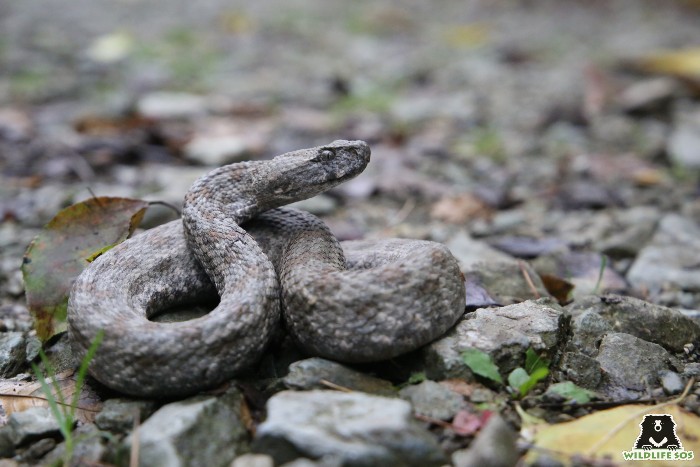
A significant example of this has been the rising number of snake sightings in Jammu and Kashmir. Summer here usually begins in May or June. This is when the resident snakes usually emerge from their hibernation period (known as brumation). However, the year 2022 marked the hottest March experienced by India in 122 years. This resulted in the snakes coming out earlier than expected, causing a lot of panic among natives.
Another case of this is the effect severe drought has on wildlife in India during heatwaves. Water scarcity affects a wide range of animals, from civets and jackals to tigers and elephants. Elephants, especially, require a lot of freshwater, a lack of which can certainly propel changes in their migration pattern. Thus, most conflicts arise when animals have to shift from one habitat to another due to extreme weather conditions.
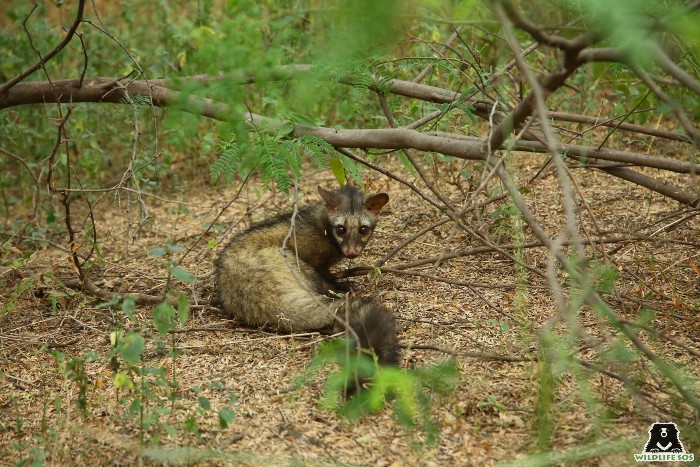
Addressing climate change is pivotal to conservation efforts. An urgent and close understanding of their correlation would help the survival of several species in the long run. In order to confront the issue of human-wildlife conflict, we need a comprehensive approach that considers the broader ecological, social, and climatic contexts in which these conflicts occur. Once these factors are taken into account, effective and sustainable solutions to benefit both human beings and wildlife can be attained. Identifying pathways would allow the development of conflict mitigation strategies and proactive policies to limit the impacts of climate change on biodiversity and human wellbeing.
In the meantime, we can minimise what adds to climate change by making small, yet significant changes in our everyday lives. Using eco-friendly modes of transportation, supporting local and sustainable businesses, purchasing produce locally, and reducing, recycling and upcycling our waste are all daily decisions that we can take to live a more sustainable life.
For more stories on wildlife and conservation, click here to subscribe to our newsletter.

